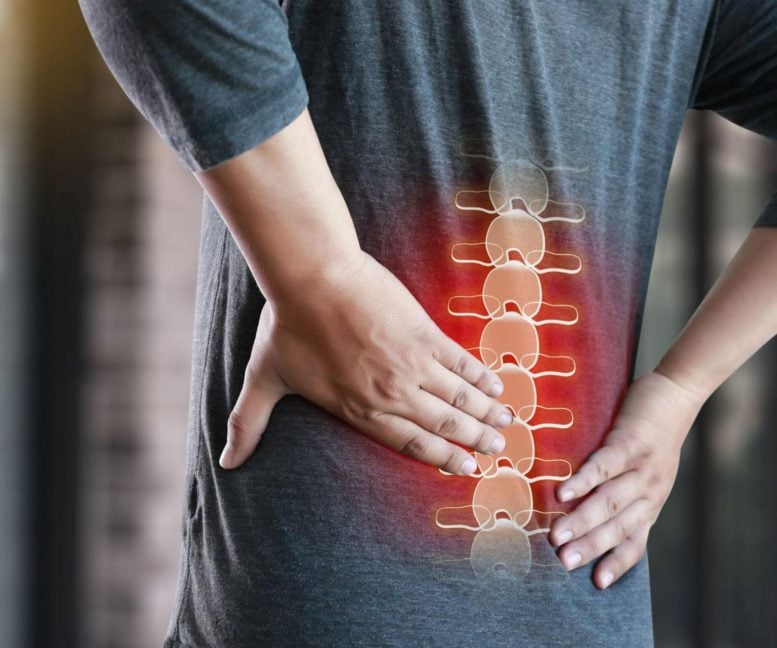
Recent research has highlighted that chronic musculoskeletal pain is influenced by various factors including socioeconomic status, smoking, fear of movement, and lack of support networks, with those from lower socioeconomic backgrounds being twice as likely to develop chronic pain post-injury. The study calls for a shift in chronic pain management, emphasizing the need for a more holistic, person-centered approach that addresses psychological and social factors alongside physical rehabilitation, to effectively cater to and support all demographics.
New research indicates that the development of chronic musculoskeletal pain may be influenced by factors such as socioeconomic status, fear of movement, smoking, and weaker support networks.
In a systematic review of current evidence, researchers found that people from a lower socioeconomic background were twice as likely to develop chronic pain following injury.
Those with a combination of characteristics including smoking, high level of pain at the time of injury, fear of movement, poorer support networks, and a lower level of education or household income, may be seven times more likely to develop chronic pain after injury. The results are published in PLOS One.
Pain is described as ‘acute’ when it has been present for a short period of time – anything that lasts for less than three months after initial injury. Pain is described as chronic when it has been present for longer than three months after initial injury. Chronic musculoskeletal pain affects about 43 percent of the UK population and is the greatest cause of disability worldwide, often persisting for many years or indefinitely. People with chronic pain often experience poorer quality of life and are also more likely to develop diseases including cancer, cardiovascular diseases, and diabetes.
Current Treatment Approaches and Insights from Research
Current approaches to managing chronic pain focus on physical rehabilitation at the site of the pain, or injury. However, the body’s healing process usually takes place over no longer than three months, suggesting that the reasons for longer-term pain are more complex.
Lead author Michael Dunn, of the University of Birmingham and St. George’s University Hospitals NHS Foundation Trust, said: “The purpose of acute pain is to alter behavior to protect the body from harm, but chronic pain persists because of a sensitized nervous system that continues our experience of pain, even after the healing process has completed.”
This process, the researchers found, is influenced by a range of psychological and social factors and so treatment which focuses solely on the injured body part is often ineffective.
Mr Dunn continued: “The characteristics that we have identified are related particularly to an individual’s experiences, rather than a type of injury. For that reason, approaches to treating people with musculoskeletal injuries should be more person-centered, focusing on broader biological, psychosocial, and social well-being. Put simply, current healthcare approaches do not address all the reasons people do not get better.”
The researchers also identified other factors related to developing chronic pain, such as lower job satisfaction, stress, and depression. These characteristics were supported by lower-quality evidence, but are also linked to lower socioeconomic backgrounds.
“People from lower socioeconomic backgrounds are twice as likely to develop chronic pain after injury. This indicates that not only are current healthcare approaches inadequate, they may also be discriminatory, with current healthcare approaches that are orientated around the injured body part being geared towards those from higher socioeconomic backgrounds who are less likely to experience these psychological or social factors,” said Mr Dunn.
Reference: “The biopsychosocial factors associated with development of chronic musculoskeletal pain. An umbrella review and meta-analysis of observational systematic reviews” by Michael Dunn, Alison B. Rushton, Jai Mistry, Andrew Soundy and Nicola R. Heneghan, 1 April 2024, PLOS ONE.
DOI: 10.1371/journal.pone.0294830









Be the first to comment on "New Research Links Chronic Pain to Socioeconomic Background"